As the holiday season approaches, many households face a unique challenge: balancing the joys of decorating with the curious antics of their feline companions. Cats and Christmas trees have a notorious reputation for clashing, leading to a blend of chaos and amusement that can be both entertaining and exasperating.
Why Cats Are Drawn to Christmas Trees
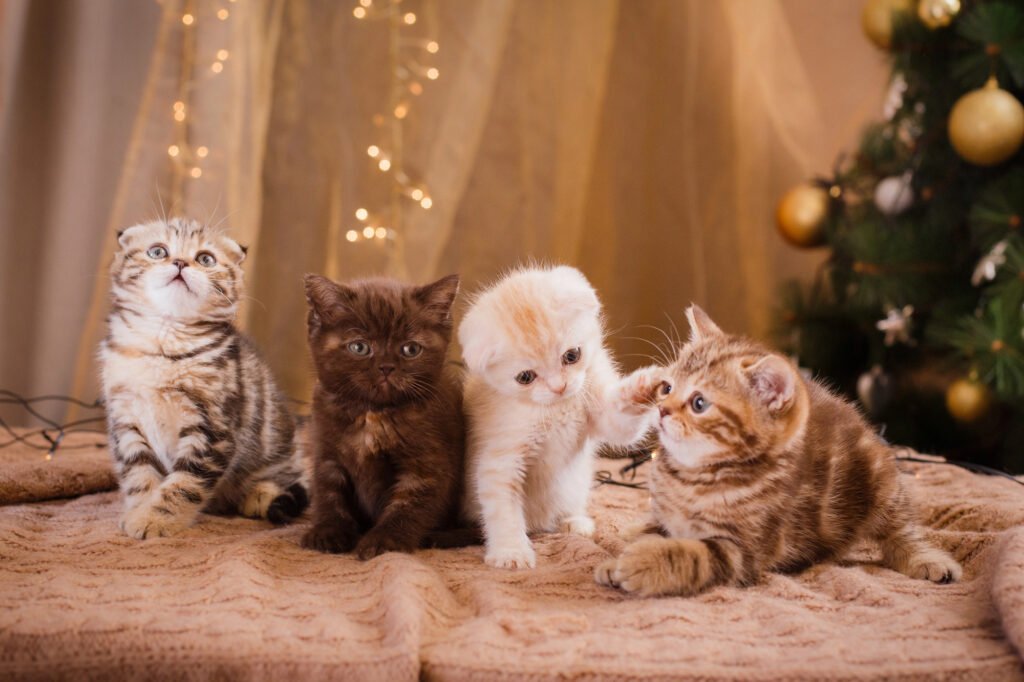
The allure of the Christmas tree to a cat is grounded in a mix of instinct and opportunity. For many cats, the tree represents an ideal climbing structure that mimics trees in the wild—offering height, vantage points, and surfaces they can’t resist exploring. The shimmering lights, dangling ornaments, and enticing tinsel further spark a cat’s sense of play and curiosity.
The Science of Cat Curiosity
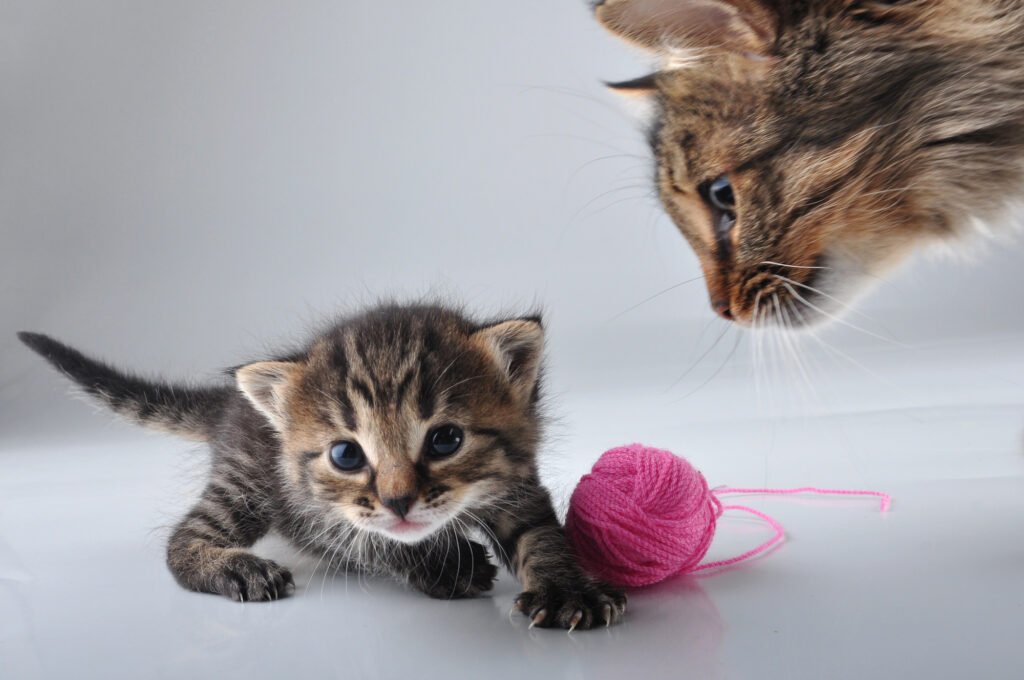
Curiosity in cats is driven by their predatory instincts. Cats are naturally inquisitive creatures that explore their environment as if they’re on a perpetual hunt. During Christmas, when unfamiliar items are introduced into the home, it triggers their instinct to investigate this “foreign territory,” often leading them straight to the tree.
Understanding Cat Behavior Climbing and Scratching
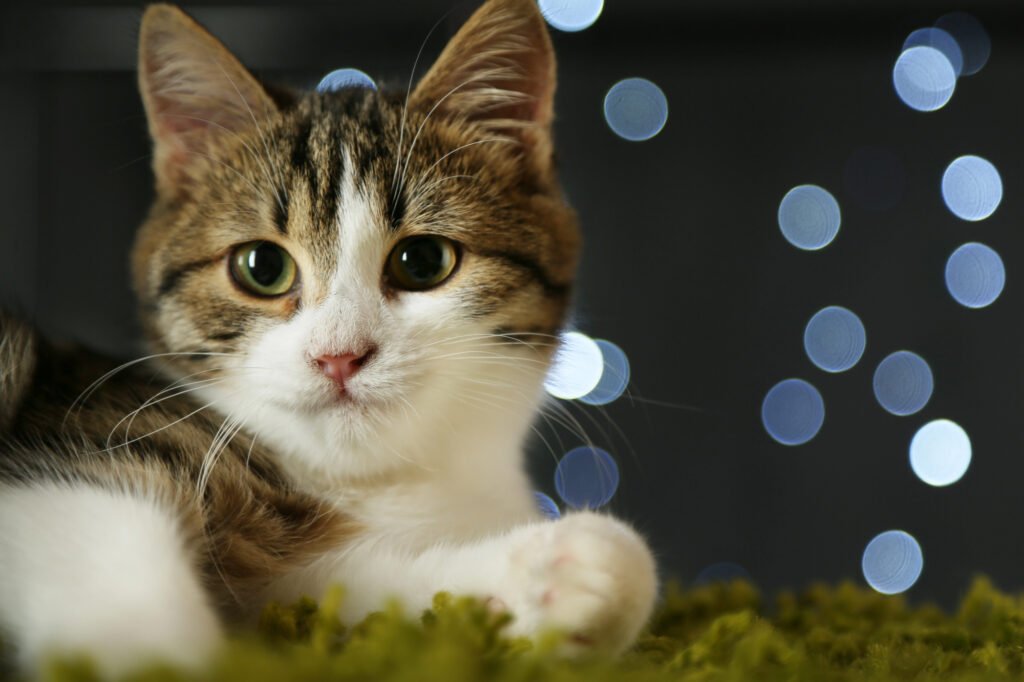
One of the primary behaviors owners witness is climbing. Cats have an inherent desire to climb—it’s a survival trait engineered by evolution. Climbing provides exercise, helps cats mark their territory, and offers a way to escape from potential threats (even if the “threat” is just a playful toddler). Similarly, scratching posts are often ignored for the rough bark or textured branches of a Christmas tree.
Potential Hazards Protecting Both Tree and Cat

While a cat’s fascination with the Christmas tree may be endearing, it can also pose risks. From ingesting tinsel that can lead to digestive blockages to the chewing of electrical cords that may cause shocks, there are genuine concerns for pet safety. Ensuring the tree is securely anchored and using cat-safe decorations can mitigate some risks.
Choosing Cat-Friendly Decorations
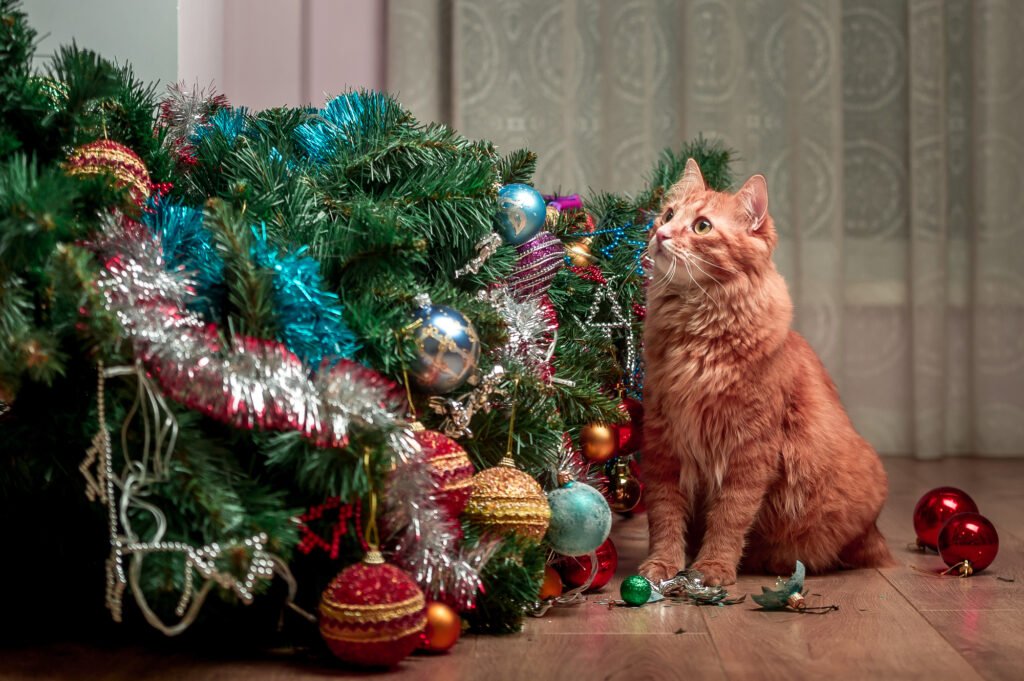
Reassessing your decorating choices is crucial when accommodating a feline friend. Opt for shatterproof ornaments, avoid ribbons or tinsel which can be harmful if ingested, and consider using garlands made of materials like felt or wood. Secure ornaments closer to the tree’s trunk to make them less accessible to adventurous paws.
Artificial vs. Real Trees The Feline Perspective
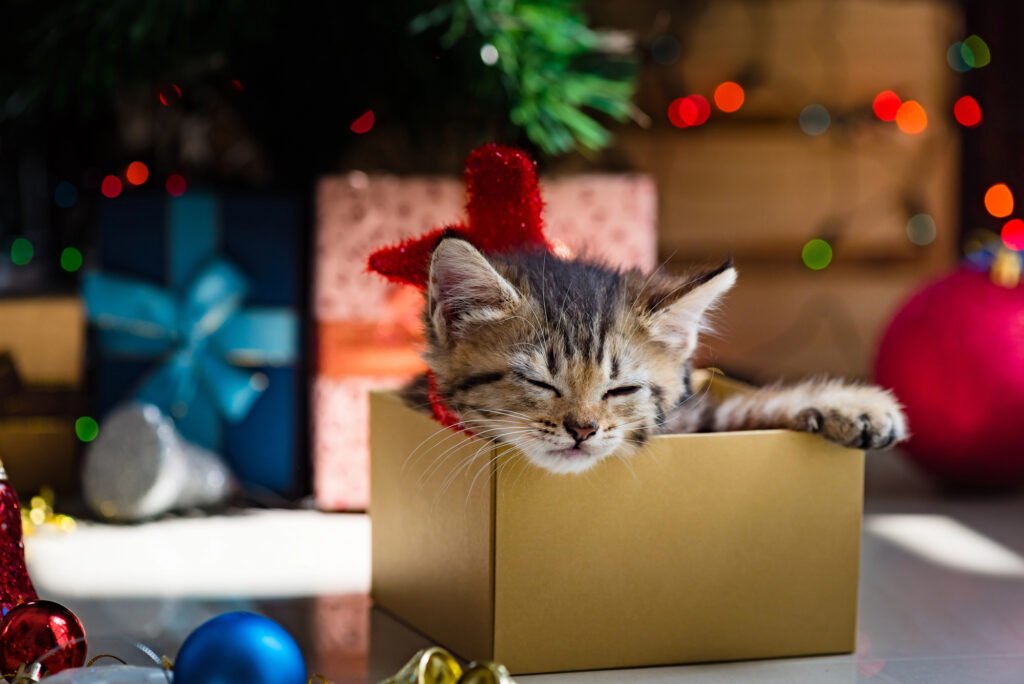
In deciding between an artificial and a real tree, consider both safety and a cat’s tendencies. Artificial trees, though less enticing scent-wise, often lack the natural textures cats crave for scratching. Real trees, while more appetizing, can shed needles that are harmful if ingested and are more prone to being toppled.
Strategies to Deter Climbers
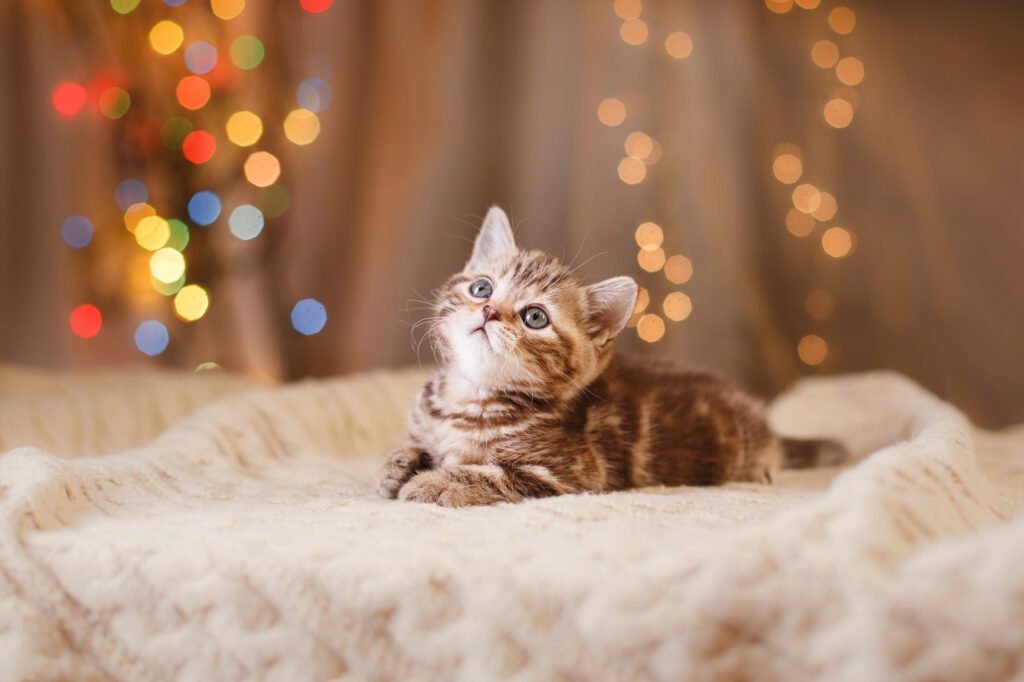
Mainstream strategies to keep cats off the Christmas tree include using deterrents like citrus scents, known to be disliked by cats. Surrounding the tree base with aluminum foil or double-sided tape can also be effective, as cats are often put off by these textures underfoot.
Creating a Cat-Safe Alternatives Zone
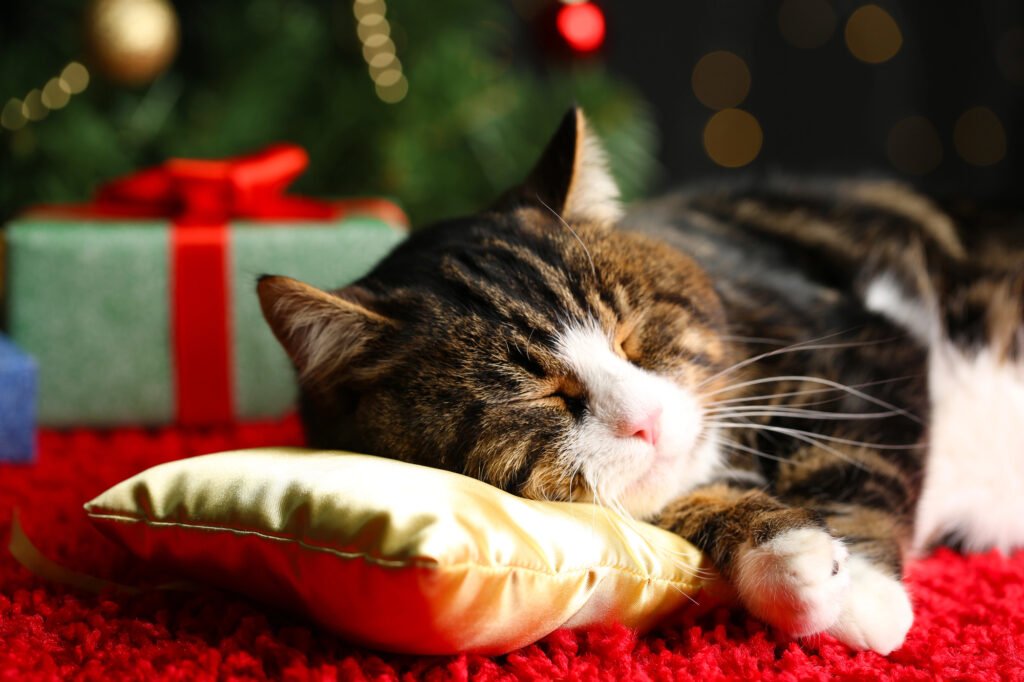
Offering alternatives can draw attention away from the tree. Setting up a dedicated play area nearby with interactive toys, catnip, and platforms provides a more appealing option, enabling cats to satisfy their climbing and playing urges in a safe environment.
Turning Chaos into Cherished Memories
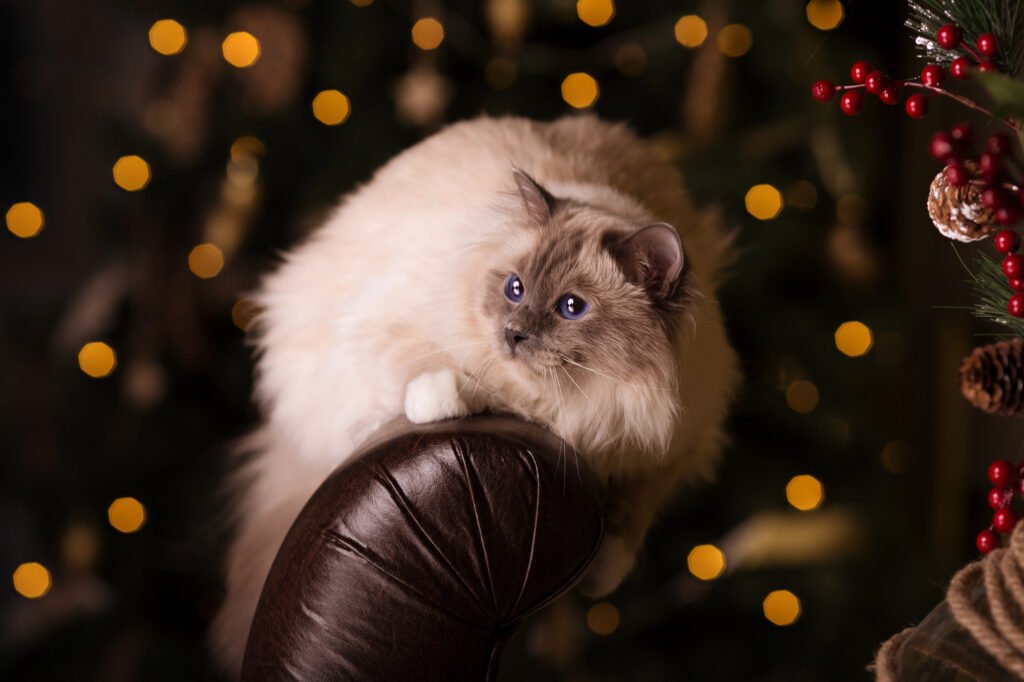
Embracing the inevitable chaos of cats and Christmas trees can transform a potential hassle into an opportunity for amusement and bonding. For many cat owners, these endless antics become cherished stories shared year after year, highlighting the unique companionship between humans and their furry friends during the festive season.






